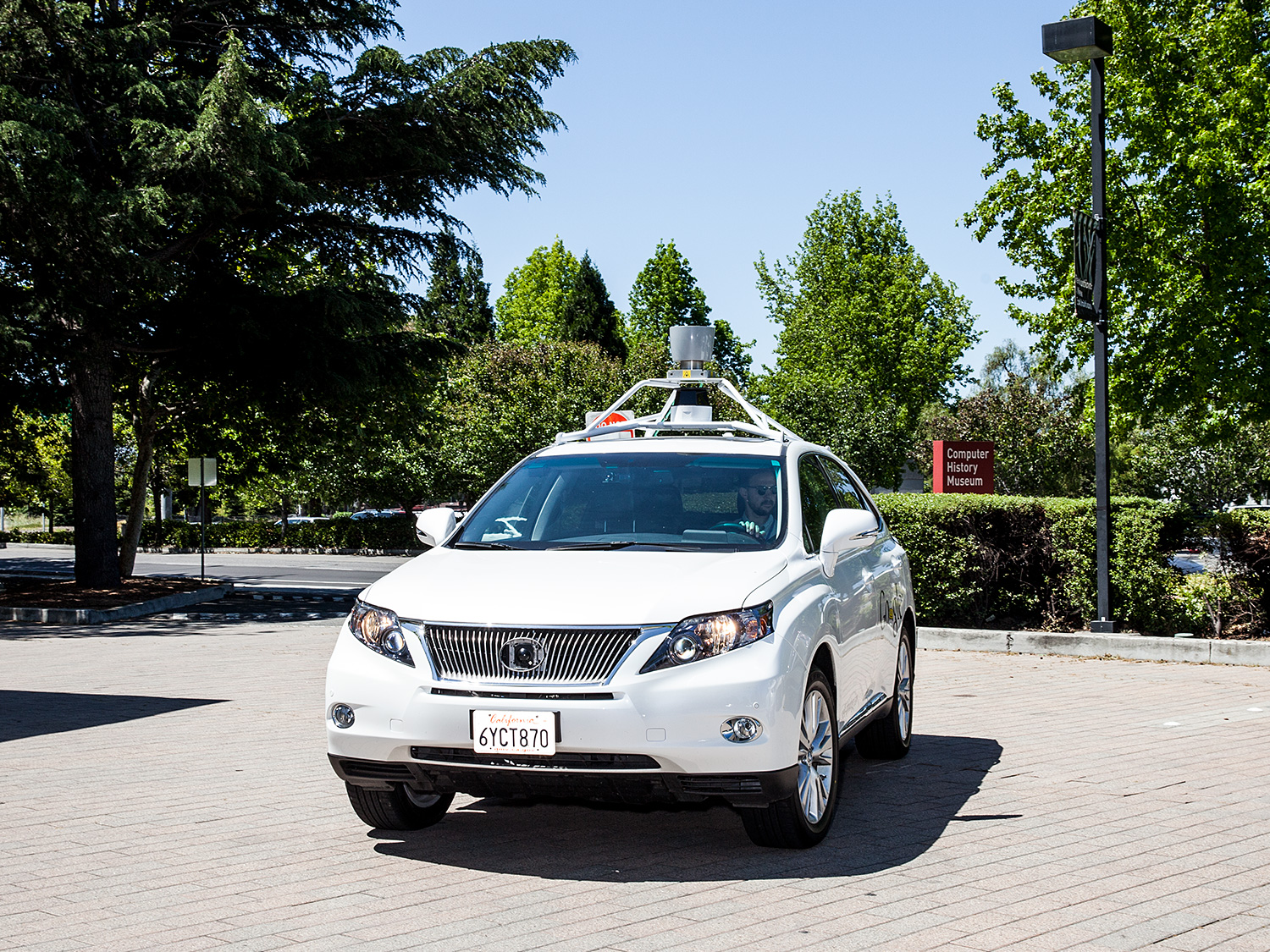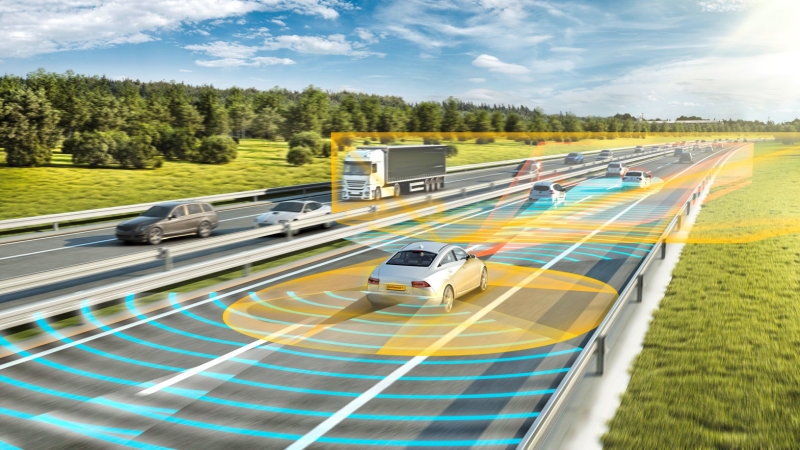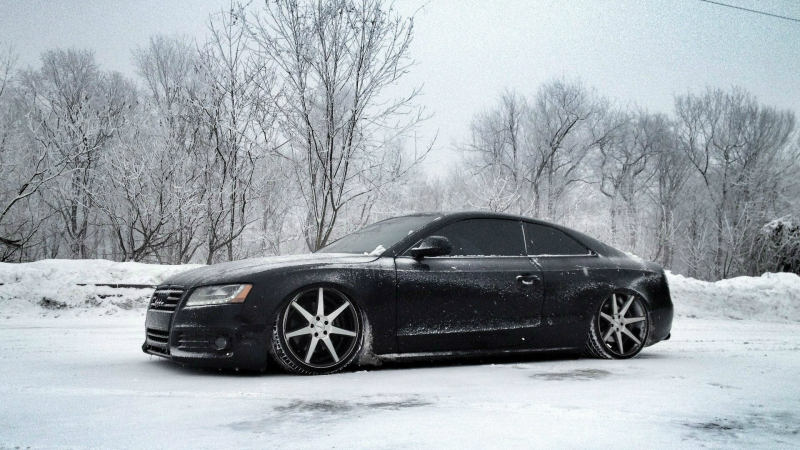Driverless vehicles may seem unfamiliar now, but over the coming years you'll start to encounter or even use them on a daily basis. Self-driving cars have achieved several notable milestones in on-road testing, but there's one thing testers still haven't tried: crossing an international border. As a rule, self-driving car tests tend to be limited to the country where they started. But that's not how people drive — what happens when your autonomous cars cross the border?

The U.S.-Canadian border is a busy one, and a likely frequent candidate for self-driving cars to tackle in a future where streets are laden with autonomous vehicles. That’s why a forthcoming cross-border self-driving test ride should be very informative. Automotive supply giants Continental and Magna are teaming up to send autonomous vehicles from southern Michigan to Sarnia, in Ontario across the Canadian border, with crossings at both the tunnel that links Detroit and Windsor, as well as at Sarnia’s Blue Water Bridge.

The challenge will be less a technical one and more about identifying how exactly this kind of international trip will work with autonomous tech enabled, and it’ll also include segments of driver control along the route, with driverless mode enabled wherever possible. Border crossings are also unique in a number of ways when compared to standard driving conditions, which makes it a great opportunity for gathering sensor data from the vehicle’s onboard camera, LiDAR and radar arrays.










